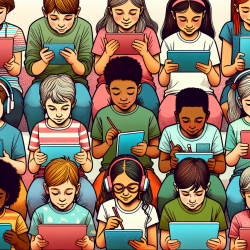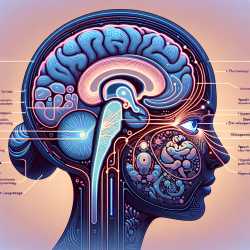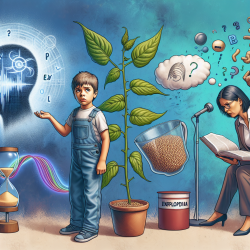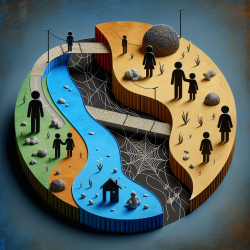Introduction
The COVID-19 pandemic has significantly disrupted traditional therapeutic services, posing unique challenges for children with Developmental Language Disorder (DLD). A recent study titled Effectiveness of cloud-based rehabilitation in children with developmental language disorder during the COVID-19 pandemic: A prospective cohort study explores the potential of cloud-based rehabilitation as a viable alternative. This blog will delve into the study's findings and discuss how practitioners can leverage these insights to enhance therapeutic outcomes for children with DLD.
Study Overview
Conducted during the pandemic, the study evaluated the effectiveness of the JingYun Rehab Cloud Platform, a cloud-based rehabilitation system, in improving language and cognitive outcomes for children with DLD. The prospective cohort study included 162 children diagnosed with DLD, divided into two groups: one receiving remote cloud-based rehabilitation and the other following conventional home-based rehabilitation.
Key Findings
- Improved Language Abilities: Children in the cloud-based rehabilitation group showed significant improvements in language abilities, as measured by the Peabody Picture Vocabulary Test-Revised (PPVT-R), compared to the control group.
- Frequency Matters: The study found a positive correlation between the frequency of training sessions and performance on language, memory, and cognition tasks. More frequent sessions led to better outcomes.
- Holistic Benefits: The cloud-based approach not only improved language skills but also enhanced cognitive abilities, offering a comprehensive rehabilitation solution.
Implications for Practitioners
The study's findings underscore the potential of cloud-based rehabilitation platforms in delivering effective therapy for children with DLD, especially during periods when traditional face-to-face sessions are not feasible. Practitioners can consider integrating such platforms into their therapeutic repertoire to ensure continuous support for their clients.
Here are some actionable steps practitioners can take:
- Adopt Technology: Explore cloud-based platforms like JingYun Rehab Cloud to provide remote therapy, ensuring children receive consistent support.
- Increase Session Frequency: Encourage frequent training sessions, as increased exposure is linked to better outcomes.
- Monitor Progress: Use data-driven insights from these platforms to track progress and tailor interventions accordingly.
Encouraging Further Research
While the study provides promising results, further research is essential to understand the long-term impacts of cloud-based rehabilitation. Practitioners are encouraged to contribute to this growing field by conducting their own studies or collaborating with research institutions. Areas of interest could include exploring different age groups, varying session lengths, and comparing cloud-based rehabilitation with in-person therapy.
Conclusion
The shift towards cloud-based rehabilitation presents a promising avenue for addressing the challenges posed by DLD, especially in times of restricted access to traditional therapy. By embracing these technological advancements, practitioners can continue to deliver effective, evidence-based interventions that support the developmental needs of children with DLD.
To read the original research paper, please follow this link: Effectiveness of cloud-based rehabilitation in children with developmental language disorder during the COVID-19 pandemic: A prospective cohort study.










